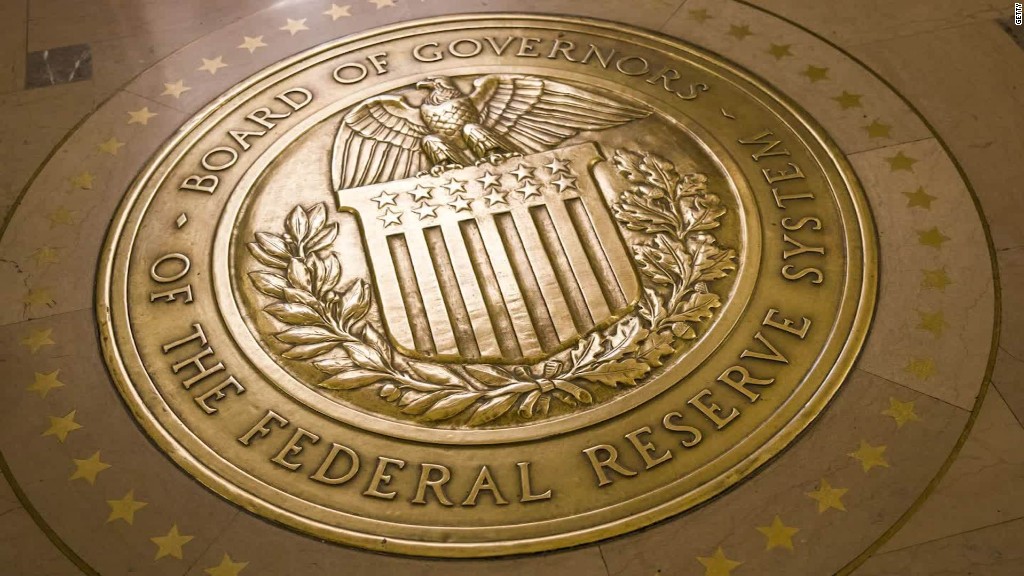Fed’s Latest Rate Hike Signals Stability
This past Wednesday, the Federal Reserve announced a 0.25% rate hike, bringing the federal funds rate to 5.00%. This rate hike was anticipated by the industry, as the Fed continues its efforts to curb inflation. But the timing of it garnered considerable attention, given the recent uncertainty in the banking sector. Let’s take a look at a few key takeaways.

- Financial stability: The March 22, 2023, rate hike signals that in spite of the recent collapses of Silicon Valley Bank and Signature Bank, financial conditions are stable enough for the Fed to release updated projections. In contrast, the Fed delayed its projections in March of 2020 because of the financial instability resulting from COVID-19 uncertainties. Wednesday’s move is a strong indicator of the Fed’s confidence in the markets, which is a positive sign for the overall economy.
- Unanimous FOMC decision: The Federal Open Market Committee (FOMC) was unanimous in their decision to raise rates by 25 basis points. This consensus among policymakers signals their overall confidence in financial stability, creating an aura of calm within the markets. In the past, disagreement among policymakers has heightened uncertainty and speculation, resulting in market volatility.
- Inflation remains top concern: Raising the federal funds rate is the FOMC’s primary method of curbing inflation. The FOMC noted that inflationary pricing in non-housing services has yet to ease and is the top concern. This suggests that the Fed may raise rates again if Wednesday’s hike doesn’t sufficiently curb inflation.
Our overall outlook is positive
Wednesday’s announcement suggests that financial stability remains a critical factor in future policy decisions, so we can expect the Fed to raise rates at least one more time at the May meeting. Yet, at the same time, the Fed is softening its language about ongoing rate hikes because tighter credit conditions already are creating the inflationary pressures the Fed is seeking.
Investors can take comfort that banking sector contagion risks are low enough for the Fed to hike rates, and inflation pressures are soft enough that the Fed seems to be nearing the end of the rate hikes. We believe these factors combine to create opportunities for investors to take on more market exposure in their portfolios.
More By This Author:
Full Year Economic Outlook2022 Mid-Year Economic Outlook
Year-Round Tax Tips to Avoid an Audit
Disclaimer: The content is developed from sources believed to be providing accurate information. Potentia and Potentia Wealth do not provide legal advice or tax services. Please consult your legal ...
more


